What started out as a project to assist a transformational group of principals to create an enrollment management plan for their Catholic school communities expanded into a cohort of school leaders who both leaned on and supported one another during what may be the most challenging year in their careers as school leaders.
The press release, Eleven Catholic School Principals Selected for National Mentor Program Year-long Pilot Program to Provide Ongoing Coaching and Mentoring issued by Foundations and Donors Interested in Catholic Activities (FADICA) sums up well the original purpose of the National Catholic School Mentor Program. Eleven Catholic elementary school principals from across the nation who demonstrated strong transformational leadership skills were nominated by their superintendents to take part in the National Catholic School Mentor Program developed in correlation with the 2016 research on parental perceptions of Catholic schools, The Catholic School Choice: Understanding the Perspectives of Parents and Opportunities for More Engagement. The program’s intention was to equip principals with the skills and resources needed to apply the research and positively impact enrollment and retention in their respective schools. The culmination of the yearlong coaching and mentoring resulted in each principal creating a comprehensive and practical enrollment management plan for his/her respective schools. Per the press release, the program’s generous sponsors, FADICA, and the National Catholic Educational Association “selected the professional consultants at Meitler to lead the initiative. As experts in Catholic school planning and operational strategy, Meitler coordinated the Leadership Institute and will continue to provide ongoing mentoring and coaching to the principals throughout the 2019-2020 school year.”
While the deliverable was achieved as an actionable enrollment management plan consistent with the research on what parents desired from the Catholic school, the byproduct was a cohort of school leaders who relied on one another and the Meitler team to walk together through a year dominated by the challenges of running schools during a pandemic. Our monthly conversations turned from asking the question, what are your enrollment goals, to asking the question, how are you holding up, are you still virtual, have you had any cases and what can we do to help? Principals took turns sharing resources and strategies with one another and soon a clear picture of the variety of approaches taken to education during a pandemic emerged depending upon the area of the country and the diocese in which a school was located. The principals, along with the team at Meitler, FADICA, and NCEA, soon became connected by our common commitment to Catholic education in a tumultuous time in our country’s history.
Fast forward and we are now entering into year two of this program with 8 of the 11 principals committing to a second year. Our focus is on assisting the principals in the implementation of their enrollment management plans, providing resources to support their work, and continuing to support one another in a time in which much is still unknown, yet the future of our Catholic schools remains bright.
Please note: The photo was taken pre-pandemic.

